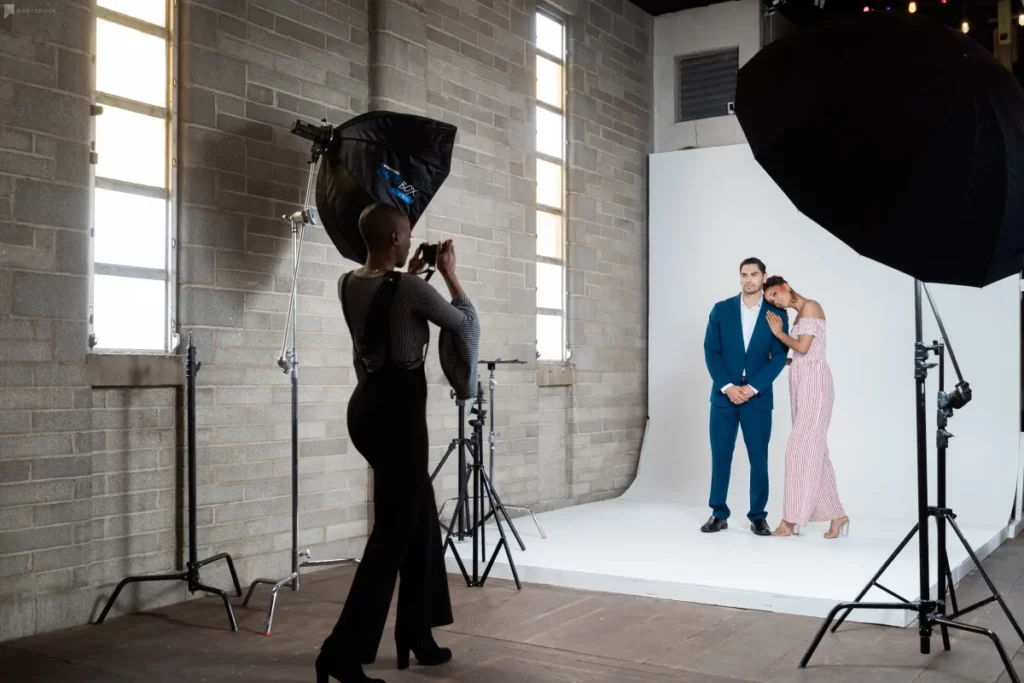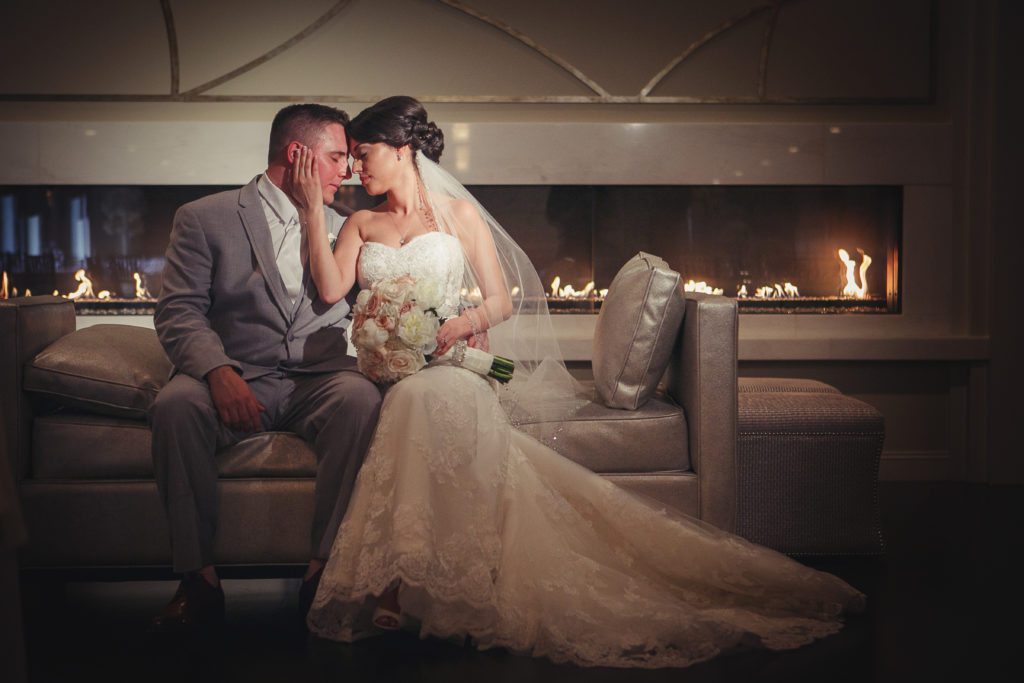Conquering the Indoors: 5 Mastering Light Techniques for Stunning Indoor Photography
Indoor lighting can be a photographer’s nemesis. Harsh overhead lights, flickering fluorescents, and dim corners can leave your photos looking dull and lifeless. But fear not! This guide will equip you with the essential lighting techniques to transform your indoor photography game, turning those ordinary interior spaces into backdrops for captivating photos.

Illuminating Moments: 5 Mastering Indoor Photography with Light Techniques
Indoor photography presents unique challenges and opportunities for photographers, requiring a keen understanding of light, composition, and creativity to capture stunning images in any setting. Whether you’re photographing portraits, still lifes, or interiors, mastering light techniques is essential for achieving professional-quality results. In this guide, we’ll explore essential tips and techniques for perfect indoor photography, helping you harness the power of light to illuminate your subjects and bring your vision to life.
- Understand the Characteristics of Indoor Lighting: Indoor lighting comes in various forms, each with its own characteristics and qualities that can dramatically impact your photographs. Natural light, diffused through windows or skylights, offers soft, flattering illumination ideal for portraits and still lifes. Artificial light sources, such as incandescent, fluorescent, or LED bulbs, can vary in color temperature and intensity, affecting the mood and ambiance of your images. Take the time to observe and understand the quality, direction, and color of light in your indoor environment, and adjust your settings accordingly to achieve the desired effect.
- Use Window Light to Your Advantage: Natural window light is a versatile and beautiful light source for indoor photography, offering soft, diffused illumination that flatters your subjects and adds a sense of warmth and depth to your images. Position your subject near a window to take advantage of this flattering light, paying attention to the direction and intensity of the light as it changes throughout the day. Consider using sheer curtains or diffusers to soften harsh sunlight and minimize harsh shadows, creating a more even and flattering lighting effect.
- Supplement with Artificial Lighting: In situations where natural light is insufficient or unavailable, supplementing with artificial lighting sources can help you achieve the desired lighting effect for your indoor photographs. Experiment with different types of artificial lighting, such as desk lamps, floor lamps, or studio strobes, to add brightness, warmth, and dimension to your images. Consider using modifiers such as softboxes, umbrellas, or reflectors to control the direction and quality of light, creating flattering highlights and shadows that enhance your subject’s features.
- Adjust White Balance for Accurate Color Rendering: Indoor lighting sources can vary significantly in color temperature, from warm, orange tones to cool, blue tones, which can affect the overall color balance of your photographs. To ensure accurate color rendering in your indoor images, adjust the white balance settings on your camera to match the color temperature of the lighting environment. Use presets such as “tungsten” for incandescent lighting or “fluorescent” for fluorescent lighting, or manually adjust the white balance using custom Kelvin values for precise color control.
- Experiment with Creative Lighting Techniques: Indoor photography offers endless opportunities for creative experimentation with light, allowing you to sculpt, shape, and highlight your subjects in unique and compelling ways. Experiment with techniques such as backlighting, rim lighting, or chiaroscuro to create dramatic and dynamic lighting effects that add depth and dimension to your images. Use props, accessories, or DIY lighting setups to add interest and intrigue to your compositions, pushing the boundaries of creativity and innovation in your indoor photography.
Mastering indoor photography requires a solid understanding of light techniques and creative vision, allowing you to capture stunning images in any indoor setting. By understanding the characteristics of indoor lighting, using window light to your advantage, supplementing with artificial lighting when necessary, adjusting the white balance for accurate color rendering, and experimenting with creative lighting techniques, you can elevate your indoor photography skills and create images that inspire, captivate, and evoke emotion. So, next time you pick up your camera indoors, remember the power of light to transform ordinary moments into extraordinary works of art as you illuminate your world through the lens.


